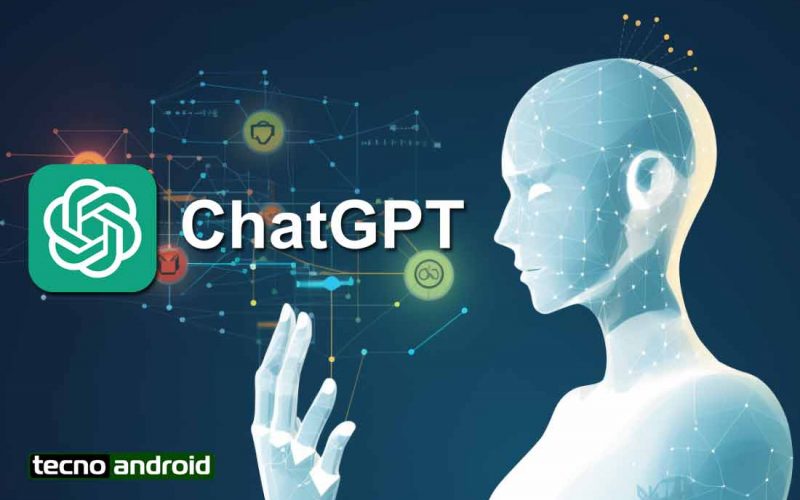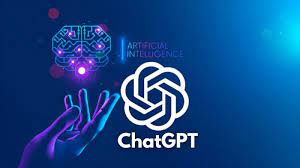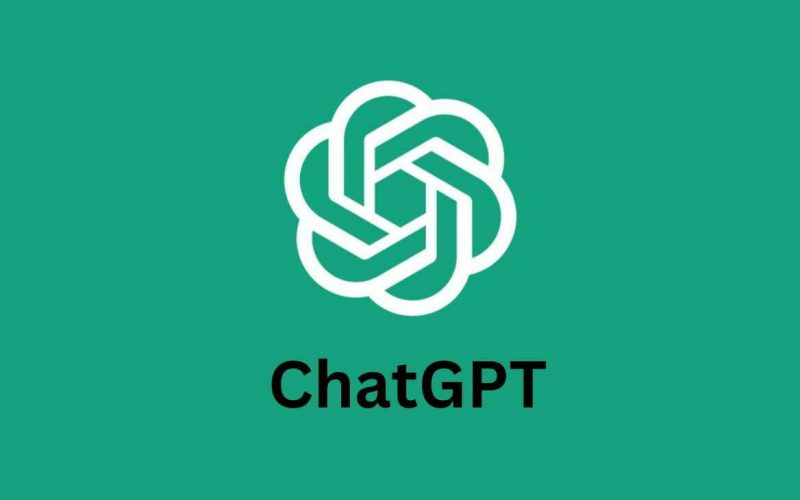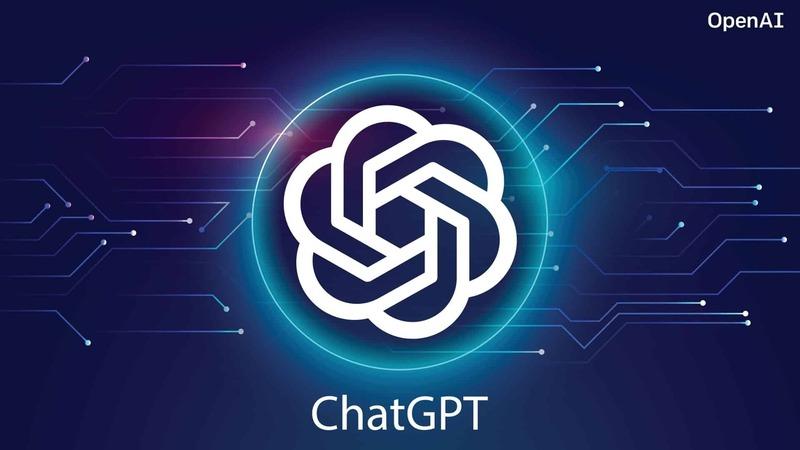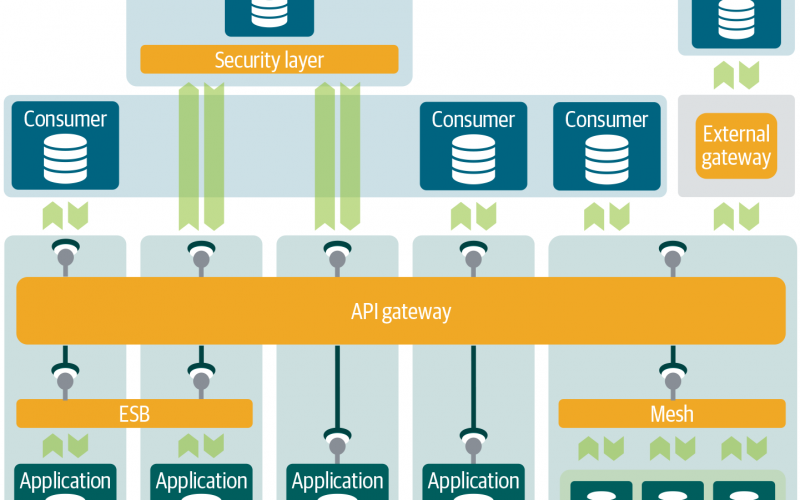23
Oct
Designing effective conversations for chatbots, including those powered by GPT (Generative Pre-trained Transformer), involves following certain principles of conversational design. Here are some fundamental principles to consider: Clarity and simplicity: Ensure that the conversation is clear and easy to understand for users. Use simple and concise language, avoid jargon or complex terminology, and structure the conversation in a logical and intuitive manner. Clear instructions and prompts help users navigate the conversation smoothly. User-centered approach: Design conversations with a user-centered mindset, considering the needs, goals, and preferences of the users. Anticipate user questions and provide relevant information proactively. Personalize the conversation…
